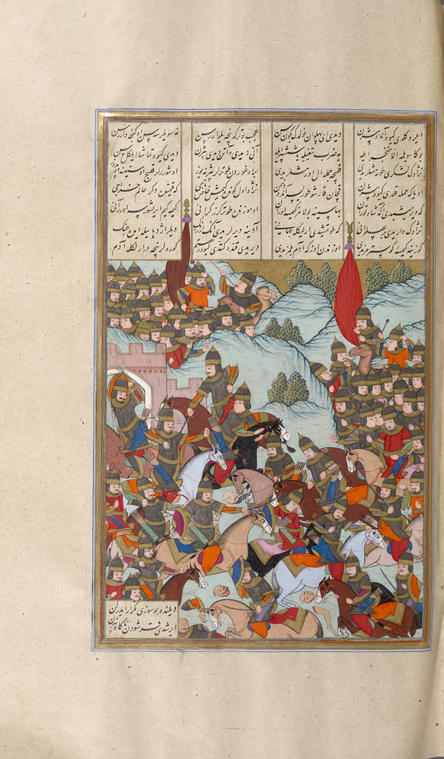 From time to time, different native rulers around Acre and Jerusalem areas of the Ottoman empire set up feudal semi-autonomous areas, thanks to the weakness of the government and the desire of inhabitants to protect themselves against the Ottoman tax collector. The first of these was Fakhr al-Din's ministate in the North, between Haifa in the West and Beisan (Beit-Shean) in the South East, and reaching to Beirut. It was flourished in the early 1600s
From time to time, different native rulers around Acre and Jerusalem areas of the Ottoman empire set up feudal semi-autonomous areas, thanks to the weakness of the government and the desire of inhabitants to protect themselves against the Ottoman tax collector. The first of these was Fakhr al-Din's ministate in the North, between Haifa in the West and Beisan (Beit-Shean) in the South East, and reaching to Beirut. It was flourished in the early 1600s ![[So-called "bravo" in the Turkish army, 16th century.]](http://images.nypl.org/index.php?id=831271&t=w) and was finally put down in 1633 by the Pasha of Damascus. A second, smaller fiefdom was carved out in the north by Dahir al-Umar, a Bedouin of the Beni Zaidan, beginning in 1749. It stretched only to the border of modern Israel in the north, approximately, and south to Haifa and Beisan, and was suppressed about 1775 by the central government. Both the rule of Fakhr al-Din and that of Dahir al-Umar were well remembered as times of relative security and protection of minorities. Fakhr al-Din, in particular, invited Hayim Abulafia of Smyrna to rebuild the Jewish community of Tiberias.
and was finally put down in 1633 by the Pasha of Damascus. A second, smaller fiefdom was carved out in the north by Dahir al-Umar, a Bedouin of the Beni Zaidan, beginning in 1749. It stretched only to the border of modern Israel in the north, approximately, and south to Haifa and Beisan, and was suppressed about 1775 by the central government. Both the rule of Fakhr al-Din and that of Dahir al-Umar were well remembered as times of relative security and protection of minorities. Fakhr al-Din, in particular, invited Hayim Abulafia of Smyrna to rebuild the Jewish community of Tiberias. 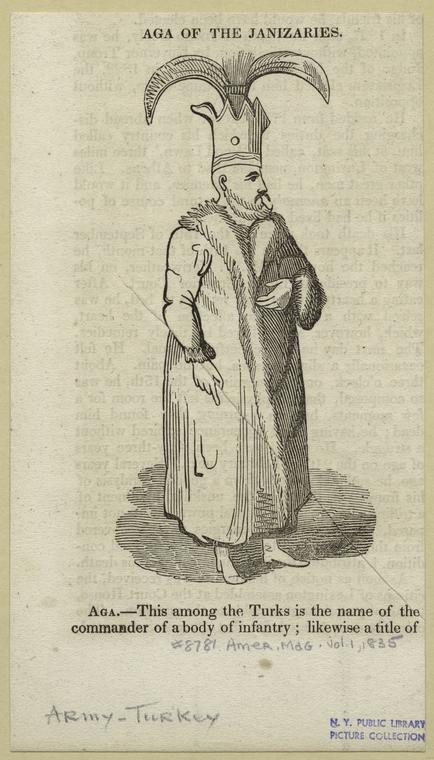
In the late eighteenth and early nineteenth century, the Ottoman Turkish empire fell into a deep crisis, complicated by Napoleon's invasion of Egypt and Palestine. Palestine suffered from rapacious, negligent and corrupt government, and several small revolts took place.
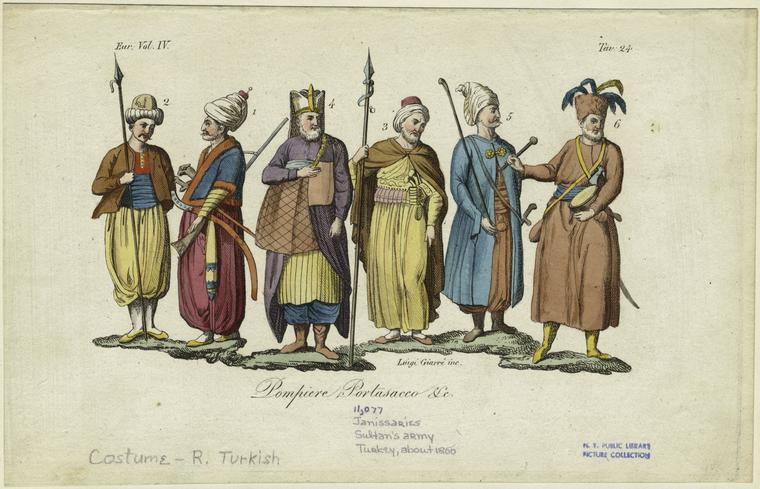
From 1831 to about 1841, Syria and Palestine were wrested from Turkey by the Egyptian ruler, a former vassal of the Ottomans, Muhammed 'Ali and his son Ibrahim Pasha, the commander-in-chief of the Egyptian army. They followed a repressive policy of conscription and taxation, leading to a revolt of Palestinian Arabs. On May 19, 1834 a group of important families and sheiks from Nablus, Jerusalem and Hebron, led by Qasim al-Ahmad, chief of Jamma'in subdistrict of Jabal Nablus, informed the Egyptian military governor that they could no longer supply their quotas of conscripts for military service, because the peasants had fled from the villages into the mountainous area which were difficult to reach.
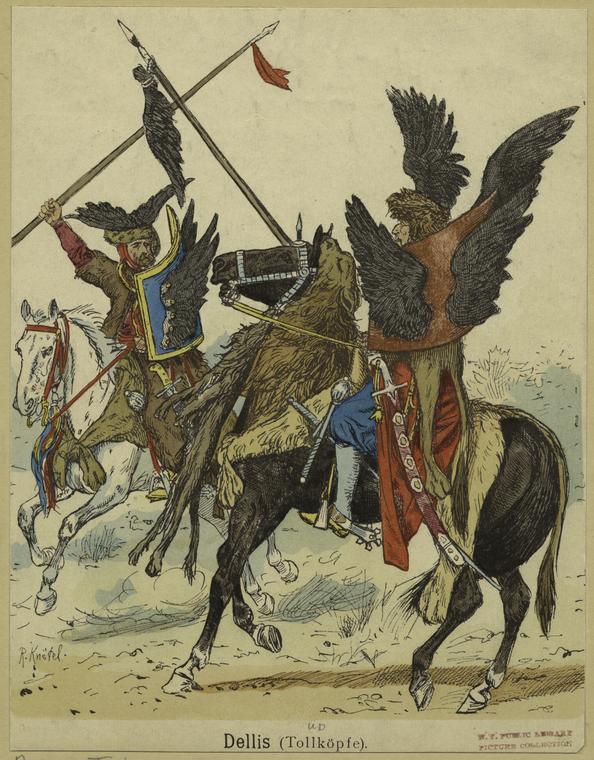
Ibrahim desperately needed more soldiers. He had suffered heavy causalities in previous battles and was planning another round against the Ottomans. He sent soldiers to enforce the conscription. . In the Hebron area about 25 Egyptian soldiers who arrived to impose the conscription order were killed. From Nablus, hundreds of rebels marched to besiege Jerusalem. The Abu Ghosh clan, which controlled the road between Jaffa and Jerusalem as well as the surrounding villages, joined the rebel forces. On the last day of May the rebels conquered Jerusalem, except for its citadel. Ibrahim managed to retake Jerusalem in June, but he did not quell the revolt, which spread to Safed, Tiberias and Haifa. In July, Muhammed Ali himself arrived with a fleet and 15,000 troops. After buying off the Abu Ghosh clan with an amnesty and other concessions, he conquered the Palestinian cities of what is now the West Bank, sending ten thousand fellahin to Egypt as conscripts, carrying off notables into captivity, destroying whole villages and raping large numbers of womenThis revolt is thought by some to be crucial in the formation of Palestinian identity. According to Shamir, this was "the first application of the concept of territorial state... This was the inception of the modern history of Palestine."

It is difficult to see the revolt as a catalyst of Palestinian collective identity, since the memory of the revolt was virtually expunged from the collective memory of the Arabs of Palestine, and is remembered only as the "Syrian Peasant Revolt" in Arab history. Likewise, the other semi-autonomous fiefdoms formed at different times were forgotten and do not figure in the Palestinian national narrative. However, they may have been symptomatic of the first stirrings of national feeling and of the influence of culture and other factors that were beginning to create a separate Palestinian Arab identity. There was also a greater Syrian movement, that sought to subsume Palestine and Lebanon into Syria. It must be borne in mind that the Ottoman Turkish government was interested in discouraging particularism and forming an Ottoman identity. The Arab nationalist movement was interested in forming a pan-Arab identity. There was no political interest in encouraging separatist movements based on the local "Sha'abi" of the different ethnicities. In those circumstances, it would not be likely that a strong separate Palestinian identity would be formed.
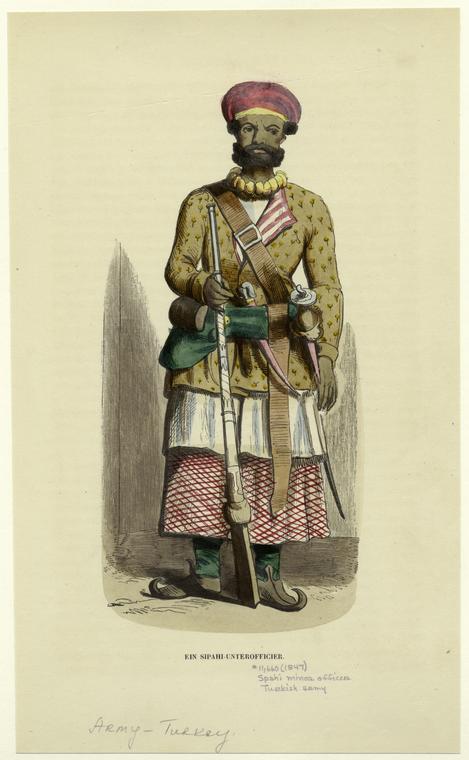
Prior to the arrival of the British and the beginning of the British Mandate, the Arabs of Palestine consistently demanded to be united with Syria, and usually saw themselves as part of a single united Arab country. Palestinian identity began to crystallize during the British mandate and the Arab revolt of 1936, and more especially upon the UN declaration of partition in 1947. Two attempts were made to form a Palestinian state after partition of Palestine. Curiously, it seems that there was no movement after 1948 to establish a state,
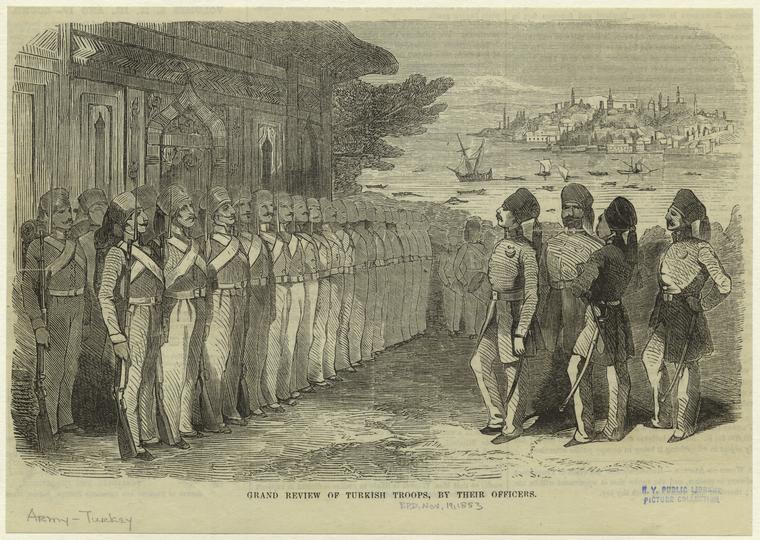 until Yasser Arafat assumed leadership of the Palestine Liberation Organization after 1968. The Palestine Liberation Organization had been founded in 1964, but it was founded under the aegis of pan-Arabist Nasserite Egypt, and its goal was to "liberate" the country of Palestine originally, but not necessarily to establish an independent state there.
until Yasser Arafat assumed leadership of the Palestine Liberation Organization after 1968. The Palestine Liberation Organization had been founded in 1964, but it was founded under the aegis of pan-Arabist Nasserite Egypt, and its goal was to "liberate" the country of Palestine originally, but not necessarily to establish an independent state there.
No comments:
Post a Comment